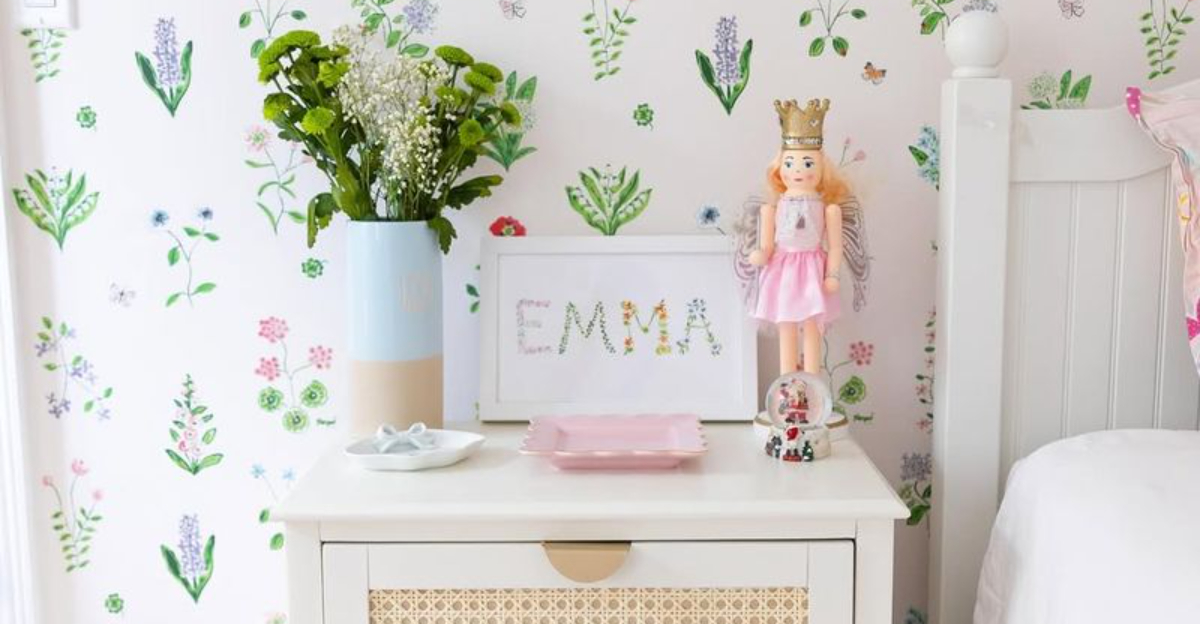Creating a child’s room that grows with them is both an art and a practical necessity. As children develop, their needs and preferences evolve, and their living spaces should reflect these changes.
A well-designed room can adapt to these shifting requirements, offering functionality, flexibility, and inspiration without the need for frequent redesigns.
This guide presents 25 smart tips to help you craft a space that transitions effortlessly through your child’s developmental stages, ensuring comfort and motivation in their environment.
1. Use Neutral Foundations
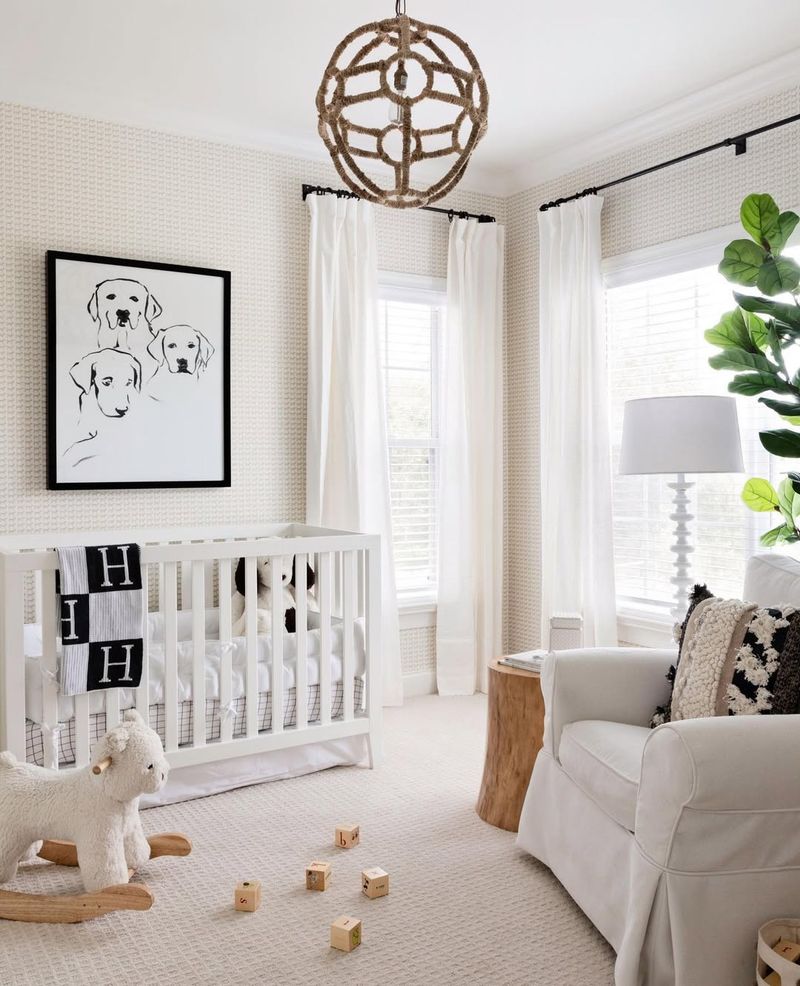
Starting with neutral walls and furniture can be incredibly helpful. This sets a timeless foundation that can easily be updated with accessories as your child grows. Neutral tones offer flexibility, allowing you to switch themes or colors without a complete overhaul.
By focusing on an adaptable base, you ensure the room can evolve with minimal effort. It’s a simple yet strategic approach.
2. Invest in Adjustable Furniture
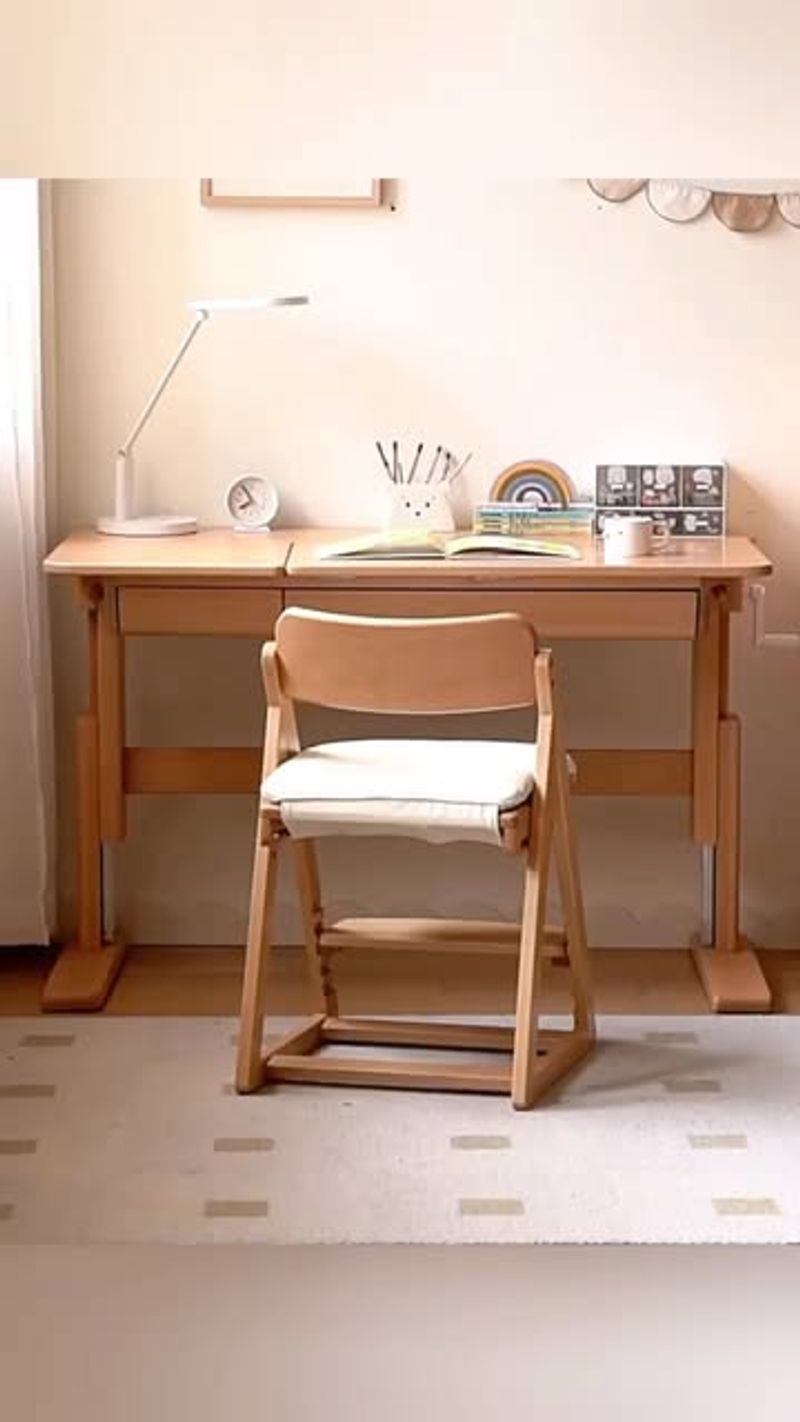
Furniture that grows with your child is a game-changer. Investing in adjustable desks, chairs, and beds is practical. These pieces can adapt to fit your child’s changing needs, offering comfort and usability at every stage.
This approach not only saves money but also reduces waste, making it a sustainable choice. Let the furniture evolve alongside your child’s journey.
3. Add Flexible Storage Solutions

Modular storage solutions are essential in a child’s room. As your child’s interests change, so too can their storage needs. Modular shelves and bins allow for reconfiguration, making them ideal for evolving spaces. This flexibility ensures everything has its place, promoting tidiness.
4. Incorporate Personal Touches
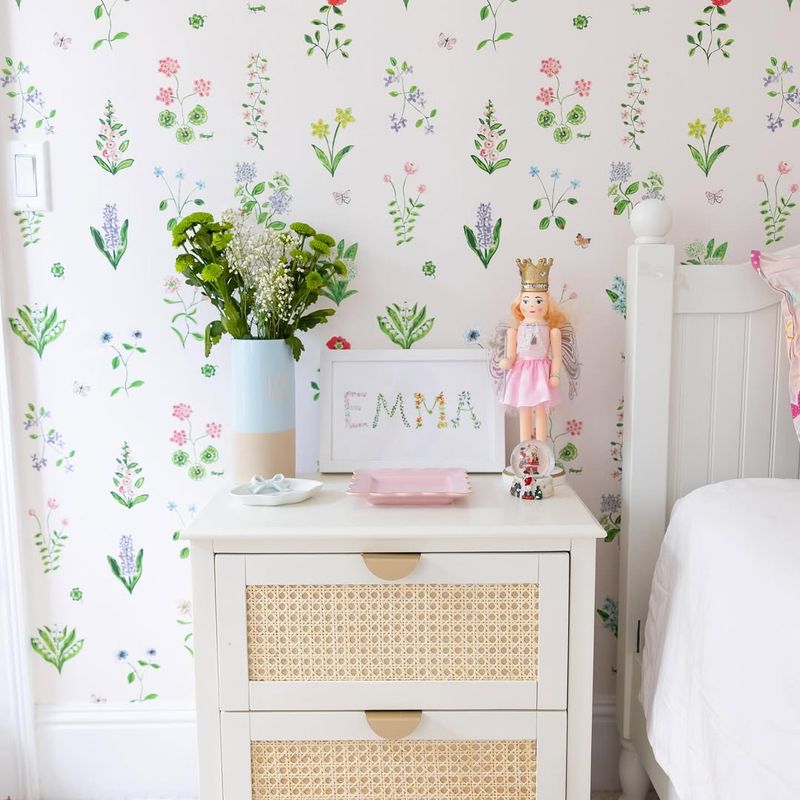
Personalizing a child’s room is vital for creating a space they love. Incorporate easily replaceable décor items like wall art and throw pillows to reflect their personality.
These small touches make the room feel uniquely theirs, while allowing for effortless updates as tastes change. A personalized space encourages creativity and individuality, fostering a sense of ownership.
5. Create Zones Within the Room
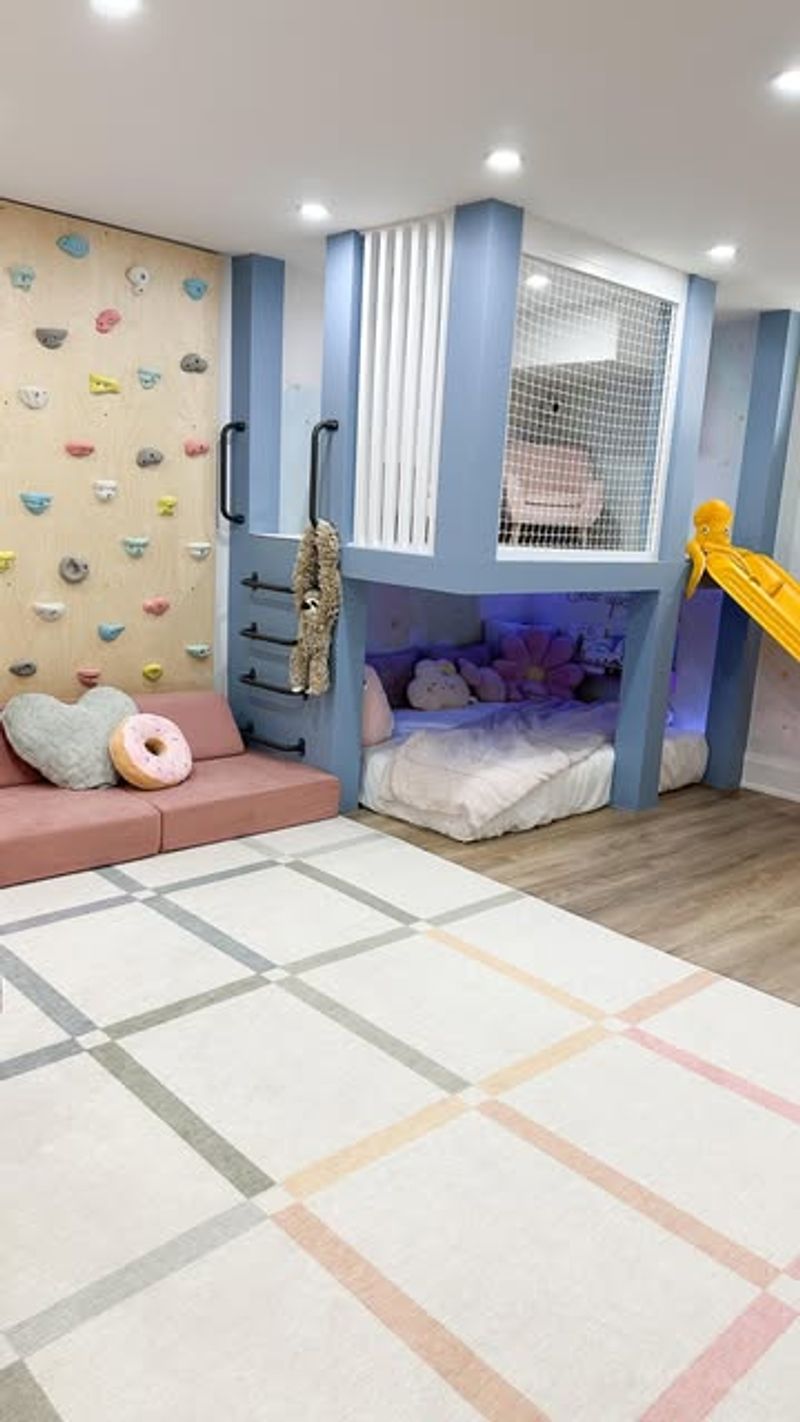
Delineating areas within a child’s room enhances functionality. Use rugs, furniture, or curtains to create zones for play, study, and sleep.
Zoning provides structure and balance, making the room versatile and dynamic. It’s a practical way to maximize the room’s potential.
6. Focus on Multi-Use Furniture
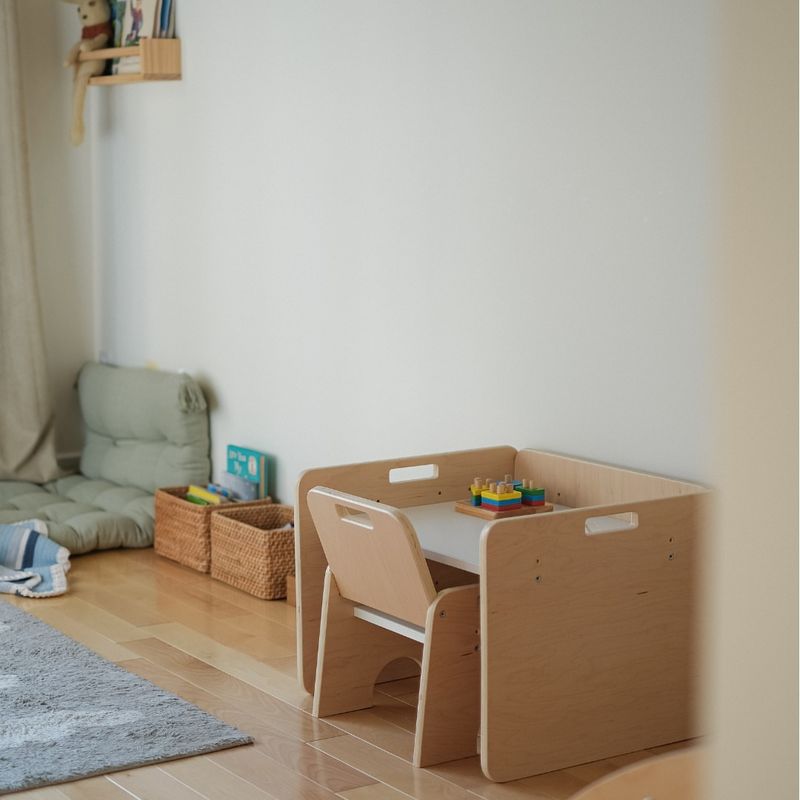
Multi-use furniture offers smart space-saving solutions. Choose pieces like beds with storage drawers or desks that double as vanities.
Investing in multifunctional furniture helps you create a space that accommodates various needs, ensuring flexibility and efficiency without compromising on style.
7. Opt for Peel-and-Stick Wallpaper
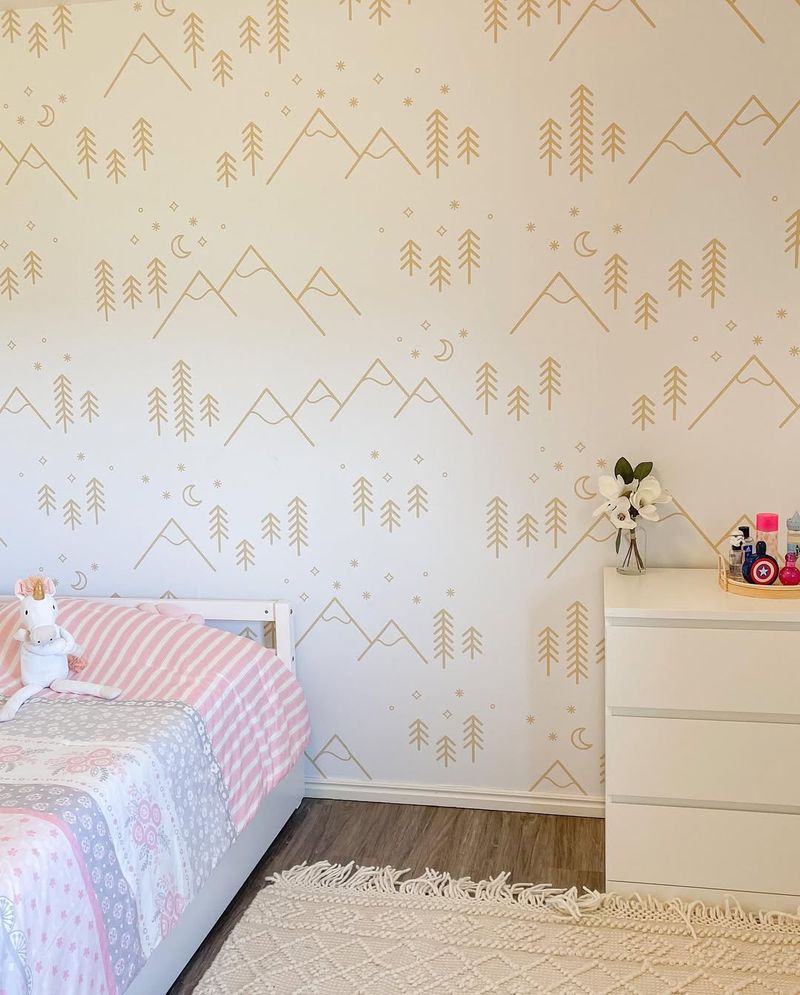
Peel-and-stick wallpaper is a wonderful design element for evolving tastes. This easy-to-apply option allows for frequent updates without damage. As your child’s preferences change, so can the room’s aesthetic.
Versatile and fun, it’s perfect for creating a dynamic environment.
8. Consider a Convertible Crib

Convertible cribs offer lasting value in nurseries. Transforming into toddler beds and full-sized beds, they grow alongside your child.
Their adaptability ensures long-term comfort and reduces the need for constant furniture changes. Choosing convertible designs fosters practicality and adds sentimental value as your child grows.
9. Create a Wall for Growth

Designating a wall for growth and personalization adds a special touch. Use it for height markings or to display evolving wall art.
It’s a dynamic way to engage with your child’s development, creating a living history that evolves alongside them.
10. Include Adjustable Lighting

Lighting plays a crucial role in a child’s room. Include adjustable options like dimmable lights or bedside lamps to cater to different activities. Whether for reading, playing, or winding down, adaptive lighting enhances comfort and functionality.
11. Incorporate Playful Elements
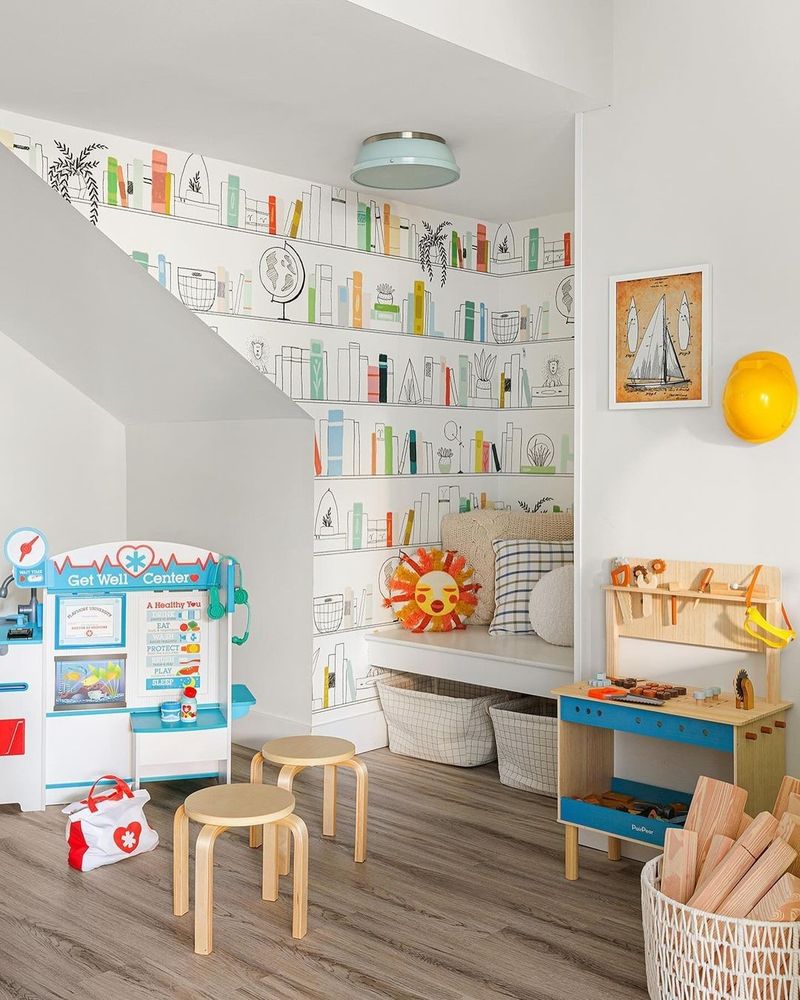
Adding playful elements boosts creativity in a child’s room. Choose furniture and accessories that cater to both toddler and young child needs, like toy storage that doubles as seating or reading nooks.
Playful designs inspire imagination, making the room a joyful place to learn and grow.
12. Use Convertible Furniture Pieces
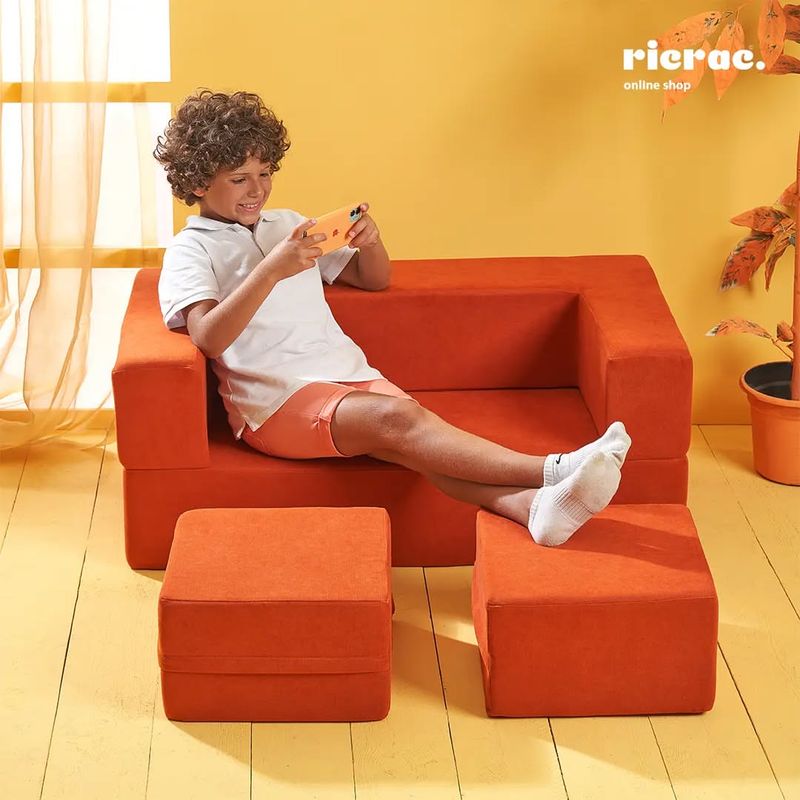
Convertible furniture excels in adapting to evolving spaces. Sofa beds and expandable desks offer versatility, accommodating changing needs.
This flexibility supports various activities, ensuring the room remains functional as interests and uses shift. Investing in convertible pieces maximizes space and utility, creating a dynamic, long-lasting environment.
13. Embrace Gender-Neutral Design
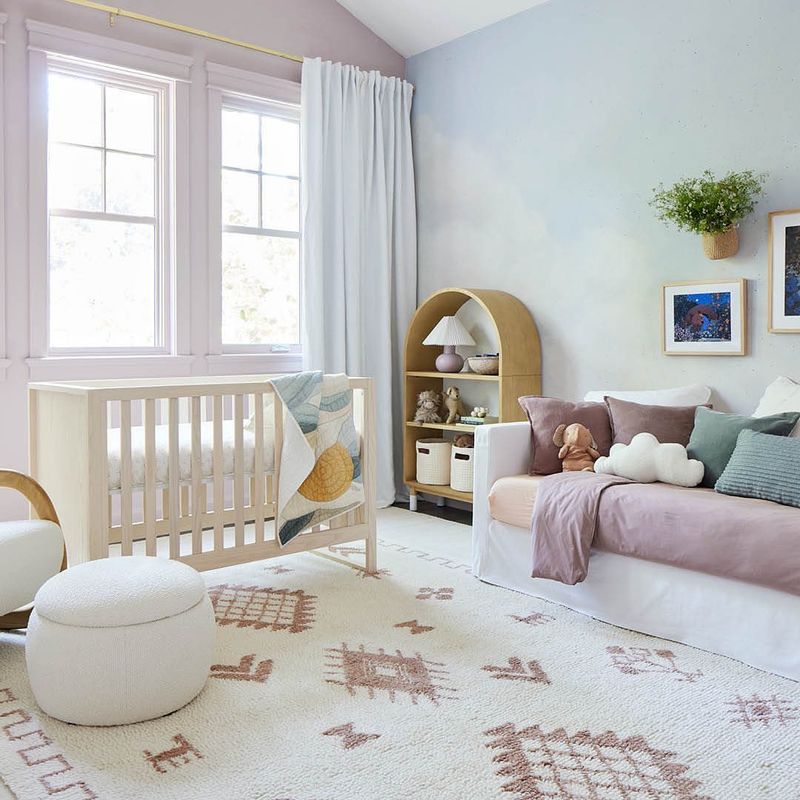
Gender-neutral designs provide inclusivity and flexibility. Use soft pastels and natural materials to create a welcoming atmosphere.
A gender-neutral room fosters creativity, allowing children to express themselves without constraints. It’s a thoughtful way to design a dynamic, enduring space.
14. Design a Reading Nook
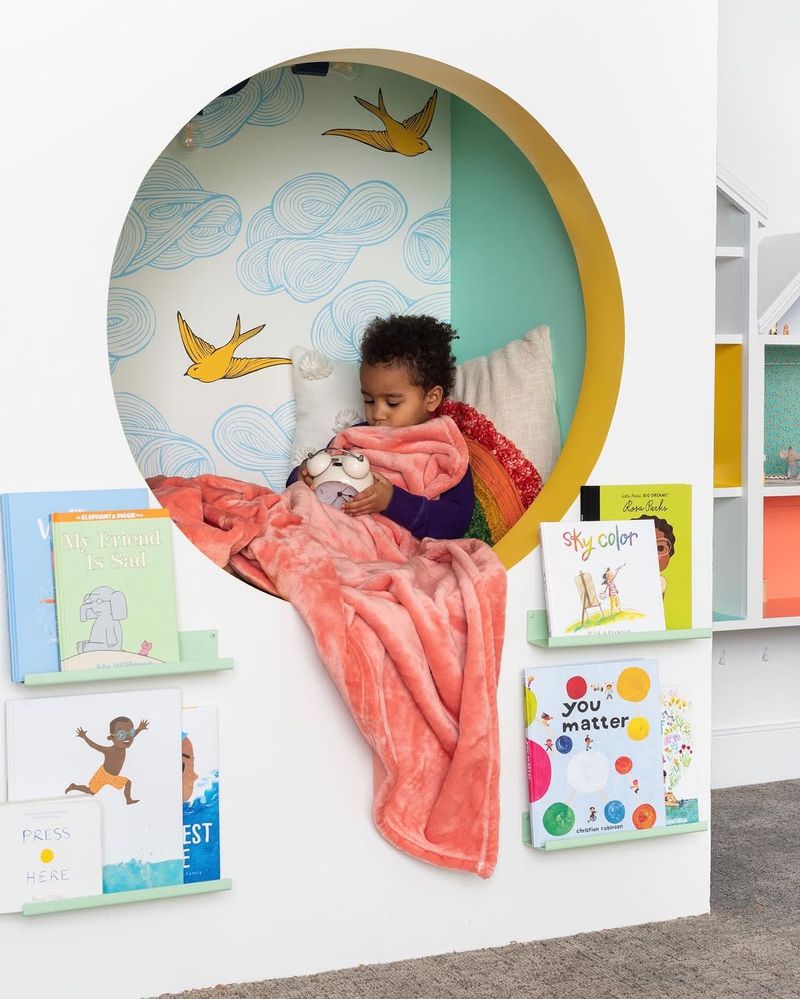
A reading nook enhances a child’s room, fostering literacy and relaxation. Create a cozy area with a small bookshelf, comfy chair, and soft lighting. A dedicated space for exploration and imagination, it adds both function and charm. Promoting a love for reading cultivates a lifelong habit, growing alongside a child’s curiosity.
15. Feature Rotating Artwork Displays
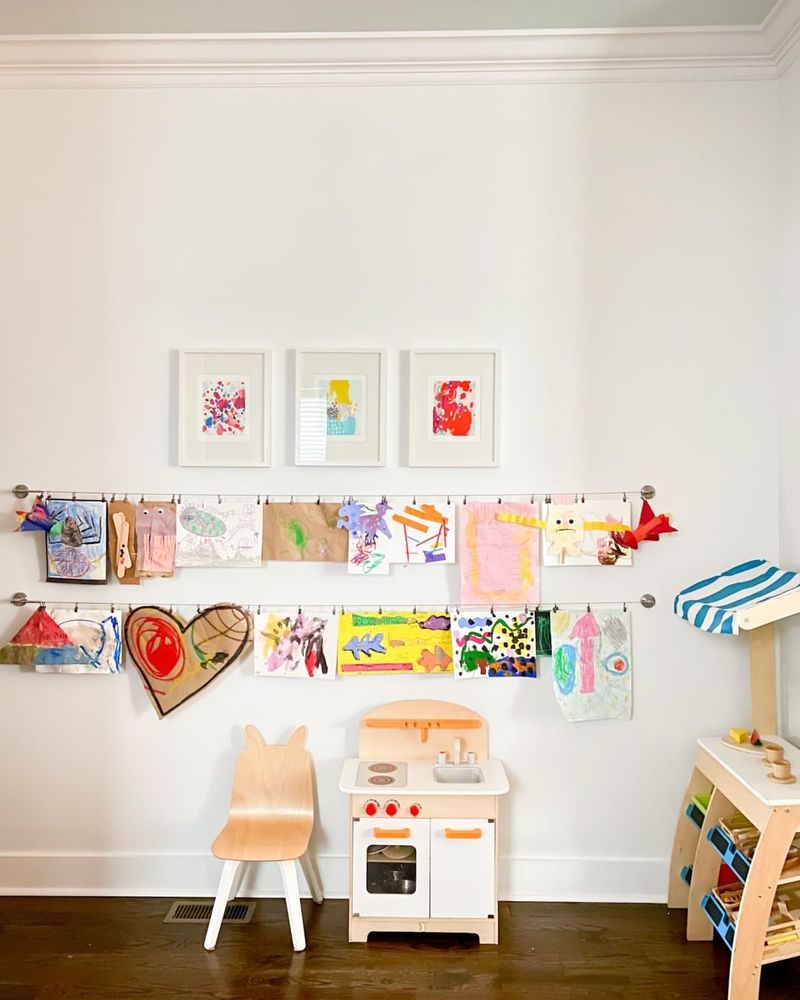
Rotating artwork displays bring dynamic creativity to a child’s room. Use frames or clipboards to showcase evolving art and crafts, creating a personalized gallery. As your child’s skills and interests develop, easily update the displays.
16. Implement a Chalkboard Wall
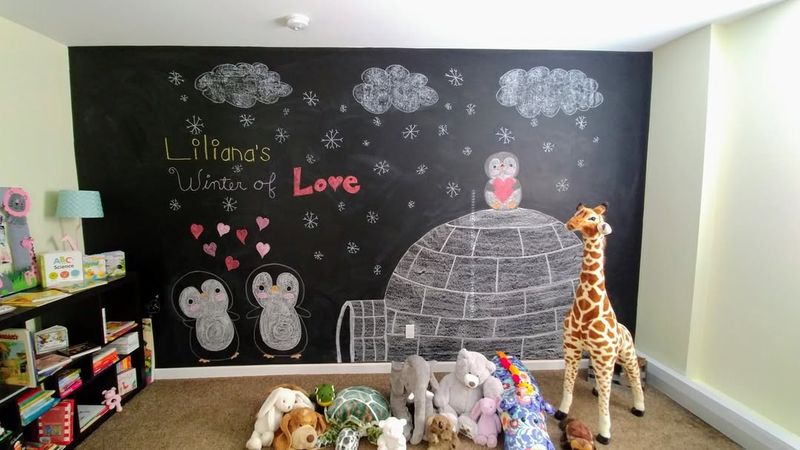
A chalkboard wall offers an ever-changing canvas for expression. Kids can draw, write, and erase with ease, making it a versatile focal point.
The chalkboard wall becomes a lively part of the room, blending functionality with fun, and offering endless possibilities for creativity.
17. Install a Magnetic Wall
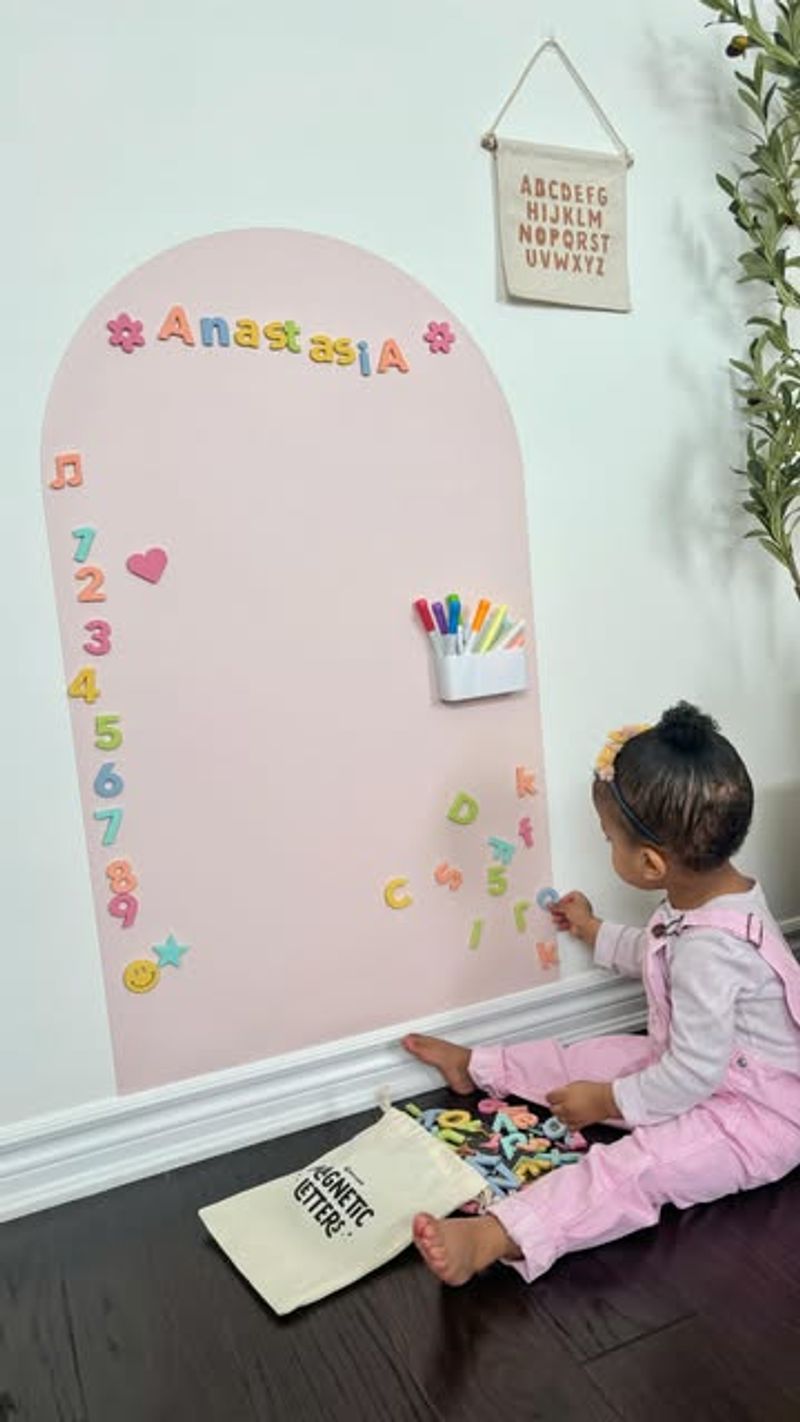
Magnetic walls provide interactive learning opportunities. Cover a wall in magnetic paint, allowing kids to play with magnetic toys and letters.
It offers a unique way to engage in learning, turning the room into an interactive environment that evolves with your child’s development.
18. Include a Hideaway Play Tent
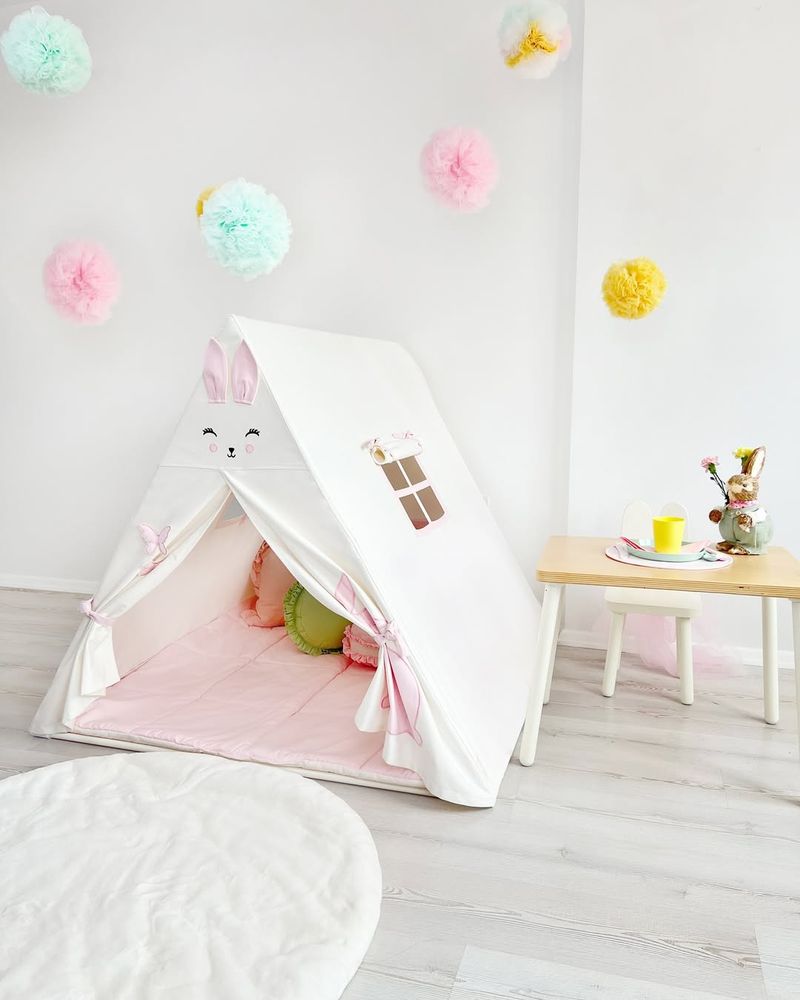
A hideaway play tent adds a magical touch to a child’s room. Filled with cushions and fairy lights, it creates a cozy retreat for imaginative play.
As a versatile feature, it adapts to various playtime activities, providing a sense of adventure. The hideaway tent offers a special space within the room, fostering creativity and exploration.
19. Opt for a Loft Bed Setup
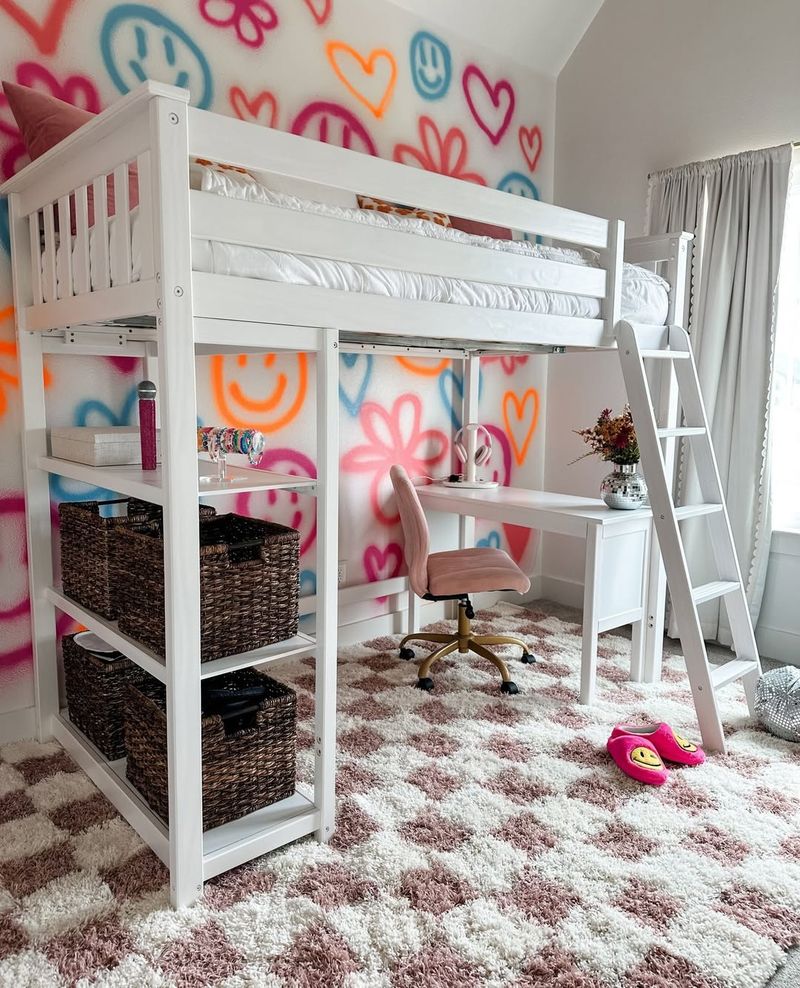
Loft beds are brilliant for maximizing space. They free up floor area by elevating the bed, allowing room for storage and study spaces underneath. When you use vertical space effectively, you create a dynamic environment that supports various activities, adapting to your child’s needs as they grow.
20. Choose Timeless Bedding
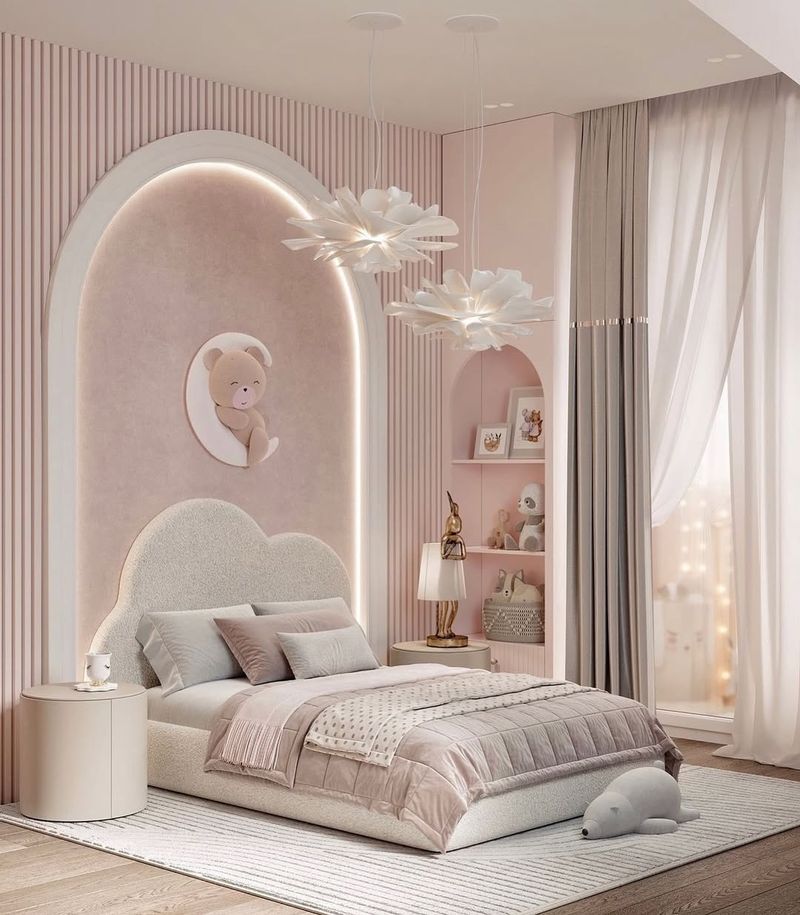
Timeless bedding offers enduring style. Choose classic designs in solid colors, complemented by interchangeable themed pillows and blankets.
Timeless bedding ensures comfort and aesthetic appeal, providing a stable foundation upon which to build evolving themes and styles.
21. Create a Nature-Inspired Theme

Nature-inspired themes bring tranquility and charm, using leafy patterns, wooden furniture, and soft greens to create a serene atmosphere. The theme grows with your child, offering a calming escape that remains stylish through various stages. Embracing nature’s aesthetics nurtures imagination and relaxation, providing a peaceful retreat within the home.
22. Install Versatile Shelving
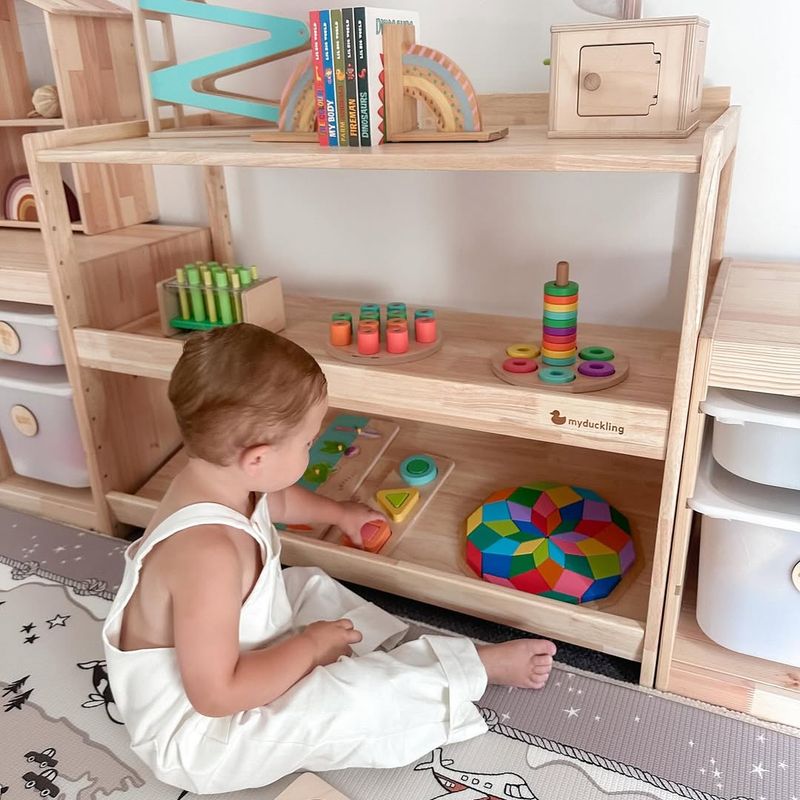
Versatile shelving provides adaptable storage and display solutions. Adjustable shelves accommodate changing collections of books, toys, and decor, supporting evolving interests. This flexibility ensures everything has its place, promoting organization.
23. Use Educational Decor Elements
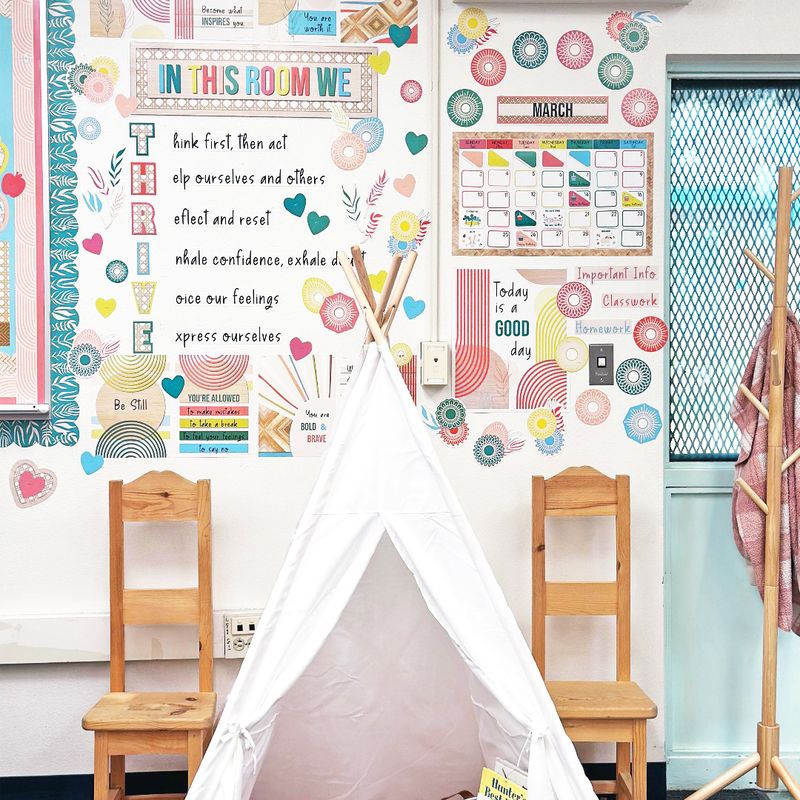
Educational decor integrates learning into daily life, using elements like alphabet rugs and number wall decals to blend education with style. Choosing educational decor supports cognitive development while maintaining a playful and inviting atmosphere.
24. Incorporate a Growth Chart
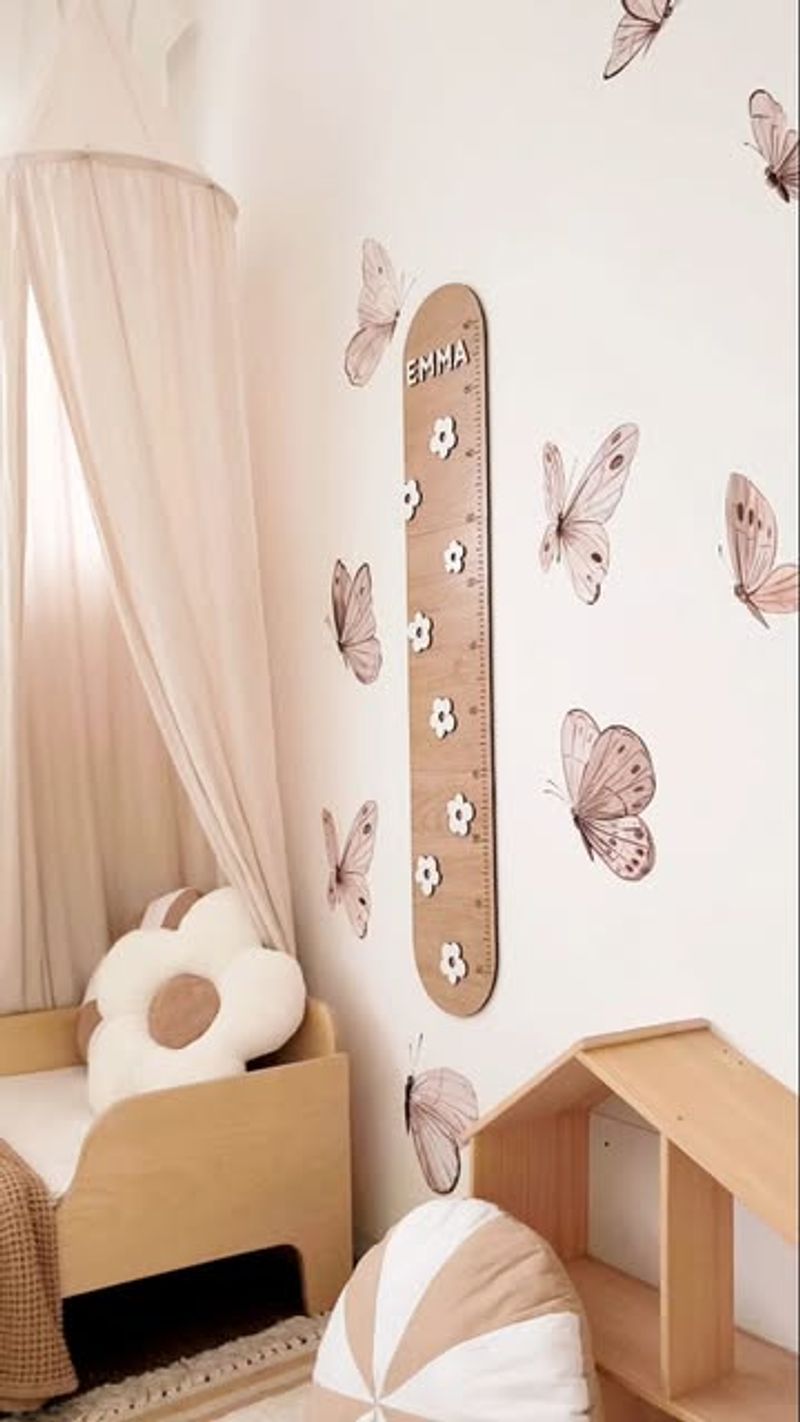
Growth charts blend decoration and sentiment, tracking height over time and creating a visual record that becomes a cherished keepsake. Decorative charts with colorful markers add a playful touch, celebrating milestones and memories, highlighting a child’s journey from one stage to the next in a meaningful way.
25. Create a Music Corner
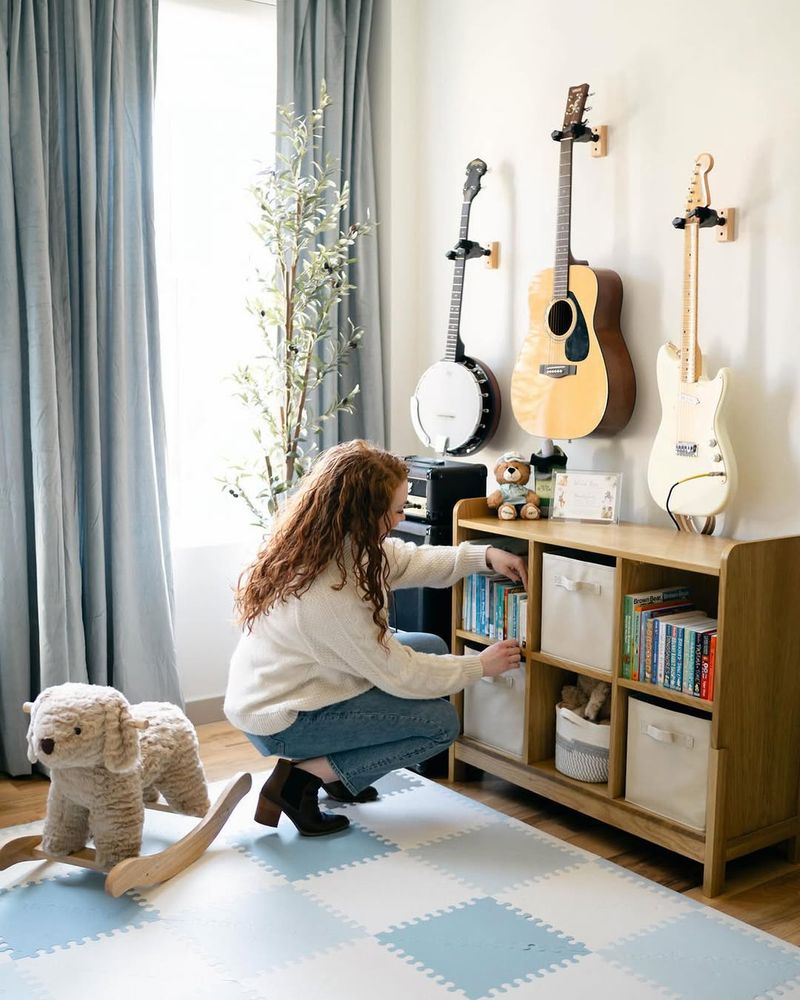
A music corner nurtures creativity and expression, featuring instruments like a keyboard, guitar, or percussion set. It creates an engaging space for musical exploration, supporting artistic development and providing a dynamic outlet for energy and emotion, fostering a lifelong appreciation for music.

